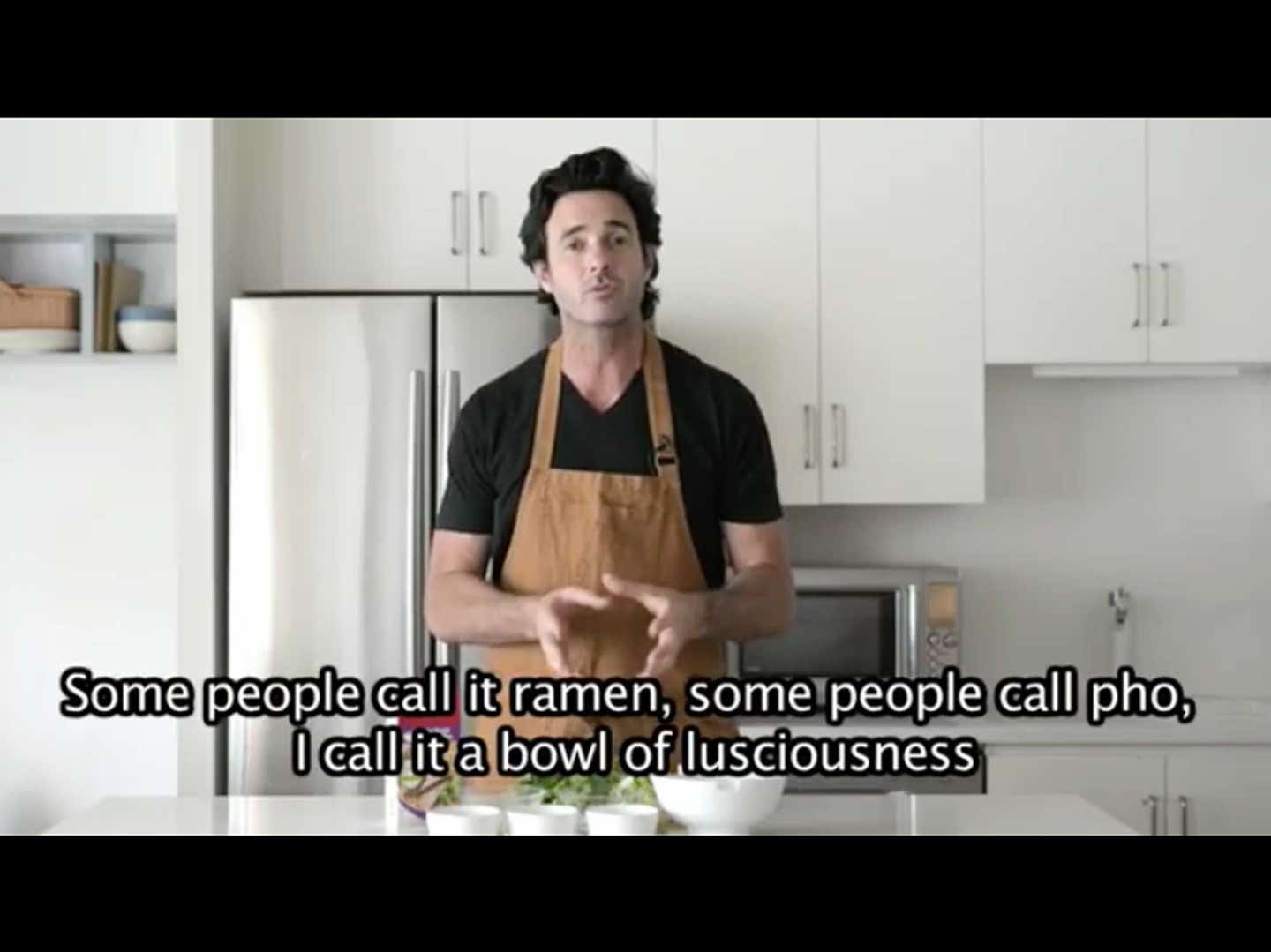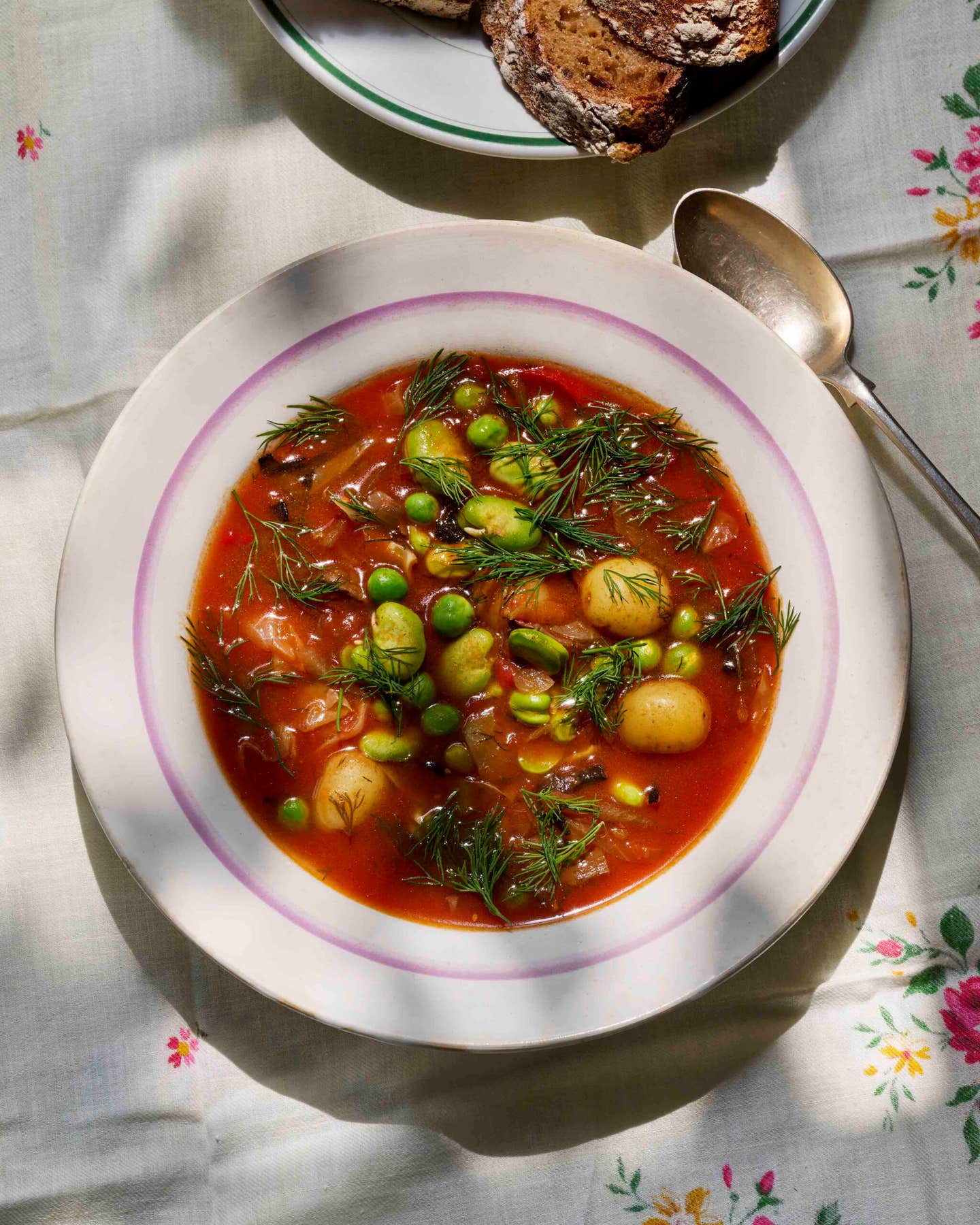
Here’s the Difference Between Ramen and Pho
Because “some people” apparently still don’t get it
Poor pho can't seem to get a break.
After being billed as the "next ramen" by one major food publication last year, the long-suffering noodle soup was then subjected to a how-to-eat-this-ethnic-food video by said publication that sourced a white chef as the expert and used everyone's favorite "you've-been-doing-this-wrong" setup that infuriated fans of food and culture alike. But the insults didn't stop there: the dish has since suffered a wealth of non-Vietnamese appropriations that have been dubious at best and identity-shattering at worst.
But alas, as 2017 continues to prove, the worst is always yet to come. Yesterday, canned soup conglomerate Campbell's partnered with "celebrity chef" Mike Daniel to put out this ad promoting the new "Campbell's Pho Broth." While I, for one, am in full support of a ready-to-go pho stock—after all, we can't always wait 13 hours to get our fix—the video makes one egregious error: it confuses pho, the noodle soup of Vietnam, with ramen, a very delicious soup from another country, Japan.

Now, for those of you thinking, "pho, ramen; tomato, to-mah-to," stop thinking that. This is more like tomato, kiwi. Sure, noodles floating in a bowl of soup may be confusing, but by that same logic, so is meat between bread. And who among us has ever mistaken a cheeseburger for a Reuben, or confused a hot dog for a BLT? (Don't get me started on the bastardization of Vietnam's own sandwich, the banh mi.) And that's not to mention the sales, partnerships, and video teams who had to give the sign-off on this video in addition to the chef, a capable, successful CHEF, by Jove, one who travels and cooks fancy things and should understand the difference between rice stick and egg noodle.
Getting creative with dishes is one thing: after all, much of Vietnamese food as we know it today is a product of cultural contact—er, colonialism—and one of my favorite bowls of pho, ever, has a pretty unorthodox add-in. But creativity is not the same as ignorance. Call me a snowflake if you will, but this isn't about being "politically correct," it's about being informed. With that in mind, here are some fast facts about both pho and ramen. (Disclaimer: There are loads of regional varieties and quirks for both dishes—these are the basics).

Origin: Vietnam
Noodle: Flat rice noodles, called banh pho
Soup: Typically beef broth, but can also be made with chicken and vegetables
Meat: The meat corresponds to the base of the stock. Cuts of beef include thinly-sliced eye-round steak, brisket, tripe, and meatballs.
Spices, seasonings, herbs: Star anise, cardamom, cinnamon, shallots, fish sauce, rock sugar
(Optional) toppings: Chopped scallions, cilantro, Thai basil, mint, sawtooth herb, jalapeños, bean sprouts, fresh lime, Sriracha, hoisin sauce
How to eat: Trick question! There's no one way. Some choose to squeeze their Sriracha and hoisin sauce into a side dish and dip their meat as they go. Some add nuoc beo or a fatty broth served on the side. Aside from the chopped scallion and cilantro, the fresh veggie garnishes are typically added in at the table, rather than served in the bowl.

Origin: Japan
Noodle: Egg noodles that range from thick to thin, straight to wavy
Soup: There are many versions, but the basics seasoning styles include shio (salt-based), shoyu (soy-based), and miso. For the base itself, consider making a dashi stock for a lighter option or bone broths (pork, chicken, and beef, are all used) for something heavier.
Meat: Chashu (a marinated braised pork belly) is the favored cut
Spices, seasonings, herbs: Salt, soy sauce, miso paste, garlic, seasoned oils
{Optional) toppings: Boiled eggs, soft-boiled seasoned eggs, pickled vegetables, various styles of seaweed, corn, mushrooms, menma (bamboo)
How to eat: Ramen masters may be more of purists than the Vietnamese home cooks who make pho, but there similarly aren't too many rules here. Pro-tip: You'll want to eat your ramen fast, slurping all the while, as the egg noodles tend to get mushy when they've been sitting in the hot broth for too long.
Keep Reading
Continue to Next Story










